SGGP
Web 3.0 users (the third generation of internet technology platforms that aim to create smarter websites and applications) have the right to manage their privacy to the maximum extent, allowing information to be displayed or hidden as desired. Furthermore, the Web 3.0 environment does not have third parties influencing or tracking the content and transactions created by users.
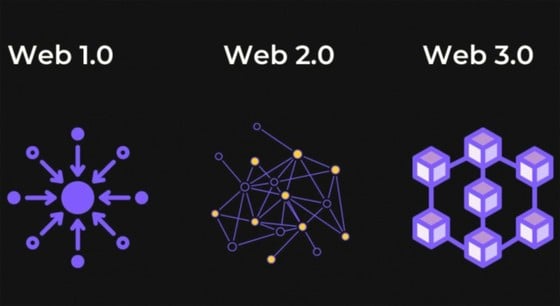 |
| An event on blockchain held in Ho Chi Minh City (large photo) and the difference between Web 1.0, Web 2.0 and Web 3.0 (small photo). Photo: TAN BA |
Information security
Web 3.0 is a term used to refer to the next generation of the world wide web (web browser) - or the place to connect and use the internet. This is still a very new term, not yet precisely defined and even regular internet users may feel unfamiliar with Web 3.0 but in fact it already exists. To understand the basics of Web 3.0, we need to go back to the history of the formation of previous generations of the web.
The first generation of web was Web 1.0, which were static web pages that were pre-written by the web creator and posted on the internet. Visitors could only read the information provided, meaning one-way interaction or very limited interaction between the website and the reader. Some examples of Web 1.0 are Wikipedia, Yahoo! search engine, Google, email... Next was the birth of Web 2.0, the current generation of web, allowing users to post the content they want, comment and interact in two ways on social networking platforms such as Facebook, Twitter, YouTube, TikTok... With Web 1.0 and Web 2.0, users will create an account with a password to protect the account on each different platform, use them to log in and use. Recently, the world has witnessed many cases of personal information being used for commercial purposes, causing trouble and concern from major platforms such as Facebook and Google. Or more dangerously, the subjects stealing user information with bad intentions have caused a lot of anxiety for users. That is the limitation of Web 1.0 and Web 2.0.
With Web 3.0, there is a big difference, each person will have a "private key" to create their own wallet and account only once and that account can be integrated with any Web 3.0 page to interact as the user wishes. Web 3.0 space is also decentralized, more open for users to directly access information on the network. Thus, if Web 3.0 is applied, the great benefit it brings to users is truly full ownership and management of the privacy of their own information on the network, while eliminating intermediaries that affect the user's account information. Web 3.0 helps to minimize the disadvantages of the previous web generation, access information is optimized and high security thanks to blockchain technology.
Creating a new economic model
The great benefit that Web 3.0 creates is new models and economies in the digital space. First are NFT trading platforms that are connected to real items, creating a lot of added value thanks to authenticating the uniqueness of NFT. Evidence is that famous fashion brands such as Nike, Prada, Gucci, Louis Vuitton... have successfully applied this model. Online shopping through e-commerce platforms that apply Web 3.0 also eliminates some obstacles in paying extra fees to put goods on the platform or relying on third-party payment parties, when the business and users only transact directly with each other. Web 3.0 also has optimization for the content creation industry. Looking at how YouTube works, money from ads running on content creators' videos will be given to YouTube first, then YouTube will calculate to share with the content creator. In the Web 3.0 environment, this money will be sent directly from the advertiser's wallet to the content creator's wallet, or viewers can also directly support their favorite content creators through this model.
Any change or innovation has its initial difficulties, the new cannot be confirmed immediately but the habit of using Web 3.0 has gradually formed, which is a good sign for the Web 3.0 generation. Web 1.0 and Web 2.0 will not disappear completely but will shift and it is predicted that soon, we will witness the Web 3.0 model with a more decentralized, open and free cyberspace, becoming a daily internet access method in everyone's life.
However, Web 3.0 still has some limitations and inconveniences. Firstly, when users lose their private key, they will lose all information or assets stored in that wallet. This is a huge problem, so many technology companies are researching and expanding methods to overcome it. Currently, there are some creative solutions such as Brave, a dedicated browser for Web 3.0, an upgraded version of Opera, or in Vietnam, Coc Coc is developing a dedicated Web 3.0 browser with all the necessary tools and features, friendly to both Web 2.0 and Web 3.0 users. The next obstacle is that there is no clear legal framework related to ownership and privacy rights in cyberspace according to the Web 3.0 environment. This depends on the management vision and the ability to apply new technology of each country.
The evolution from Web 2.0 to Web 3.0 has been going on for several years now and we are just at the beginning of the transition. Along with this transition comes the next generation of users, Gen Z and beyond, so expect Web 3.0 to quickly become popular.
Source


![[Photo] Enjoy the Liuyang Fireworks Festival in Hunan, China](https://vphoto.vietnam.vn/thumb/1200x675/vietnam/resource/IMAGE/2025/10/26/1761463428882_ndo_br_02-1-my-1-jpg.webp)


![[Photo] Nhan Dan Newspaper displays and solicits comments on the Draft Documents of the 14th National Party Congress](https://vphoto.vietnam.vn/thumb/1200x675/vietnam/resource/IMAGE/2025/10/26/1761470328996_ndo_br_bao-long-171-8916-jpg.webp)


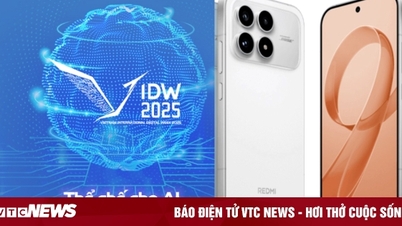






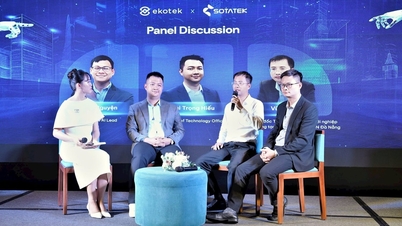

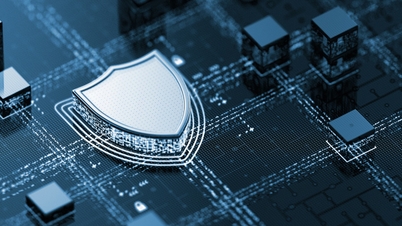










![[Photo] General Secretary To Lam received the delegation attending the international conference on Vietnam studies](https://vphoto.vietnam.vn/thumb/1200x675/vietnam/resource/IMAGE/2025/10/26/1761456527874_a1-bnd-5260-7947-jpg.webp)
![[Photo] Prime Minister Pham Minh Chinh attends the opening of the 47th ASEAN Summit](https://vphoto.vietnam.vn/thumb/1200x675/vietnam/resource/IMAGE/2025/10/26/1761452925332_c2a-jpg.webp)










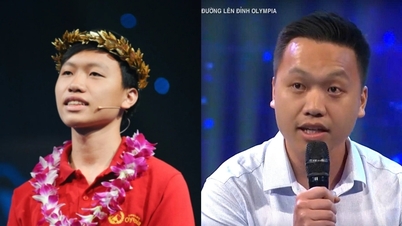















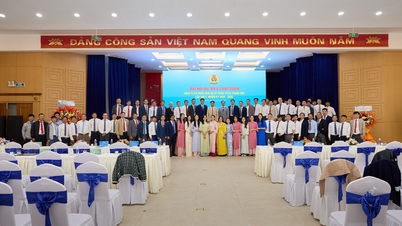
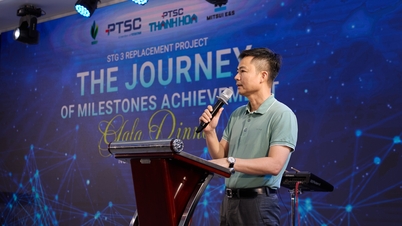





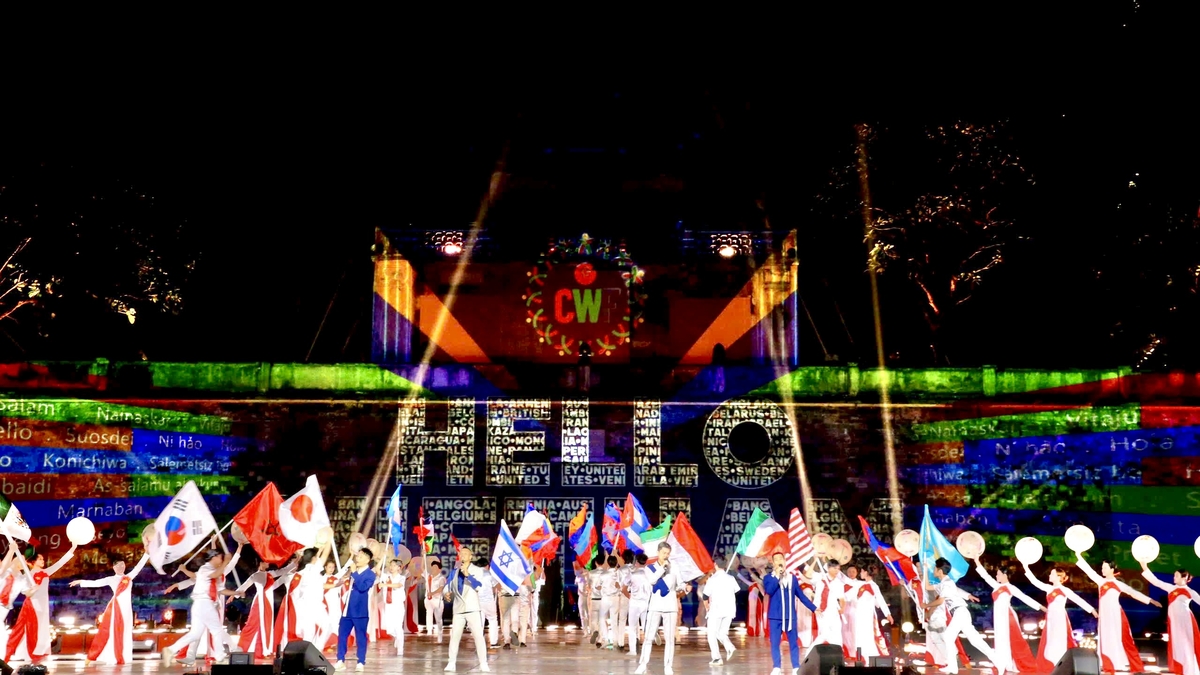



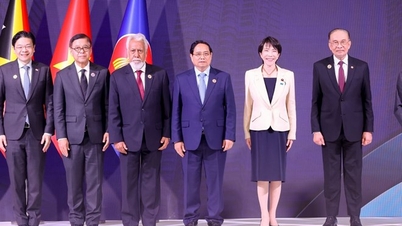





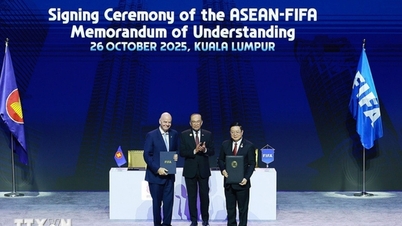

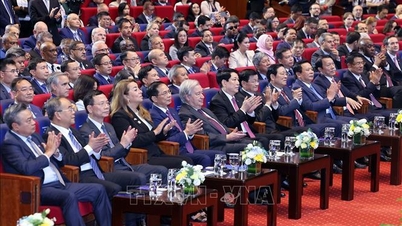

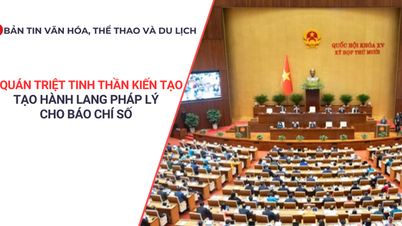

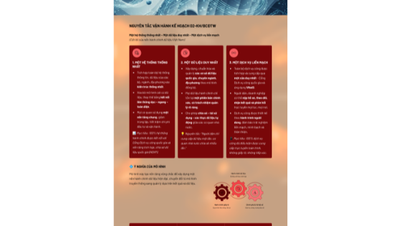



























Comment (0)